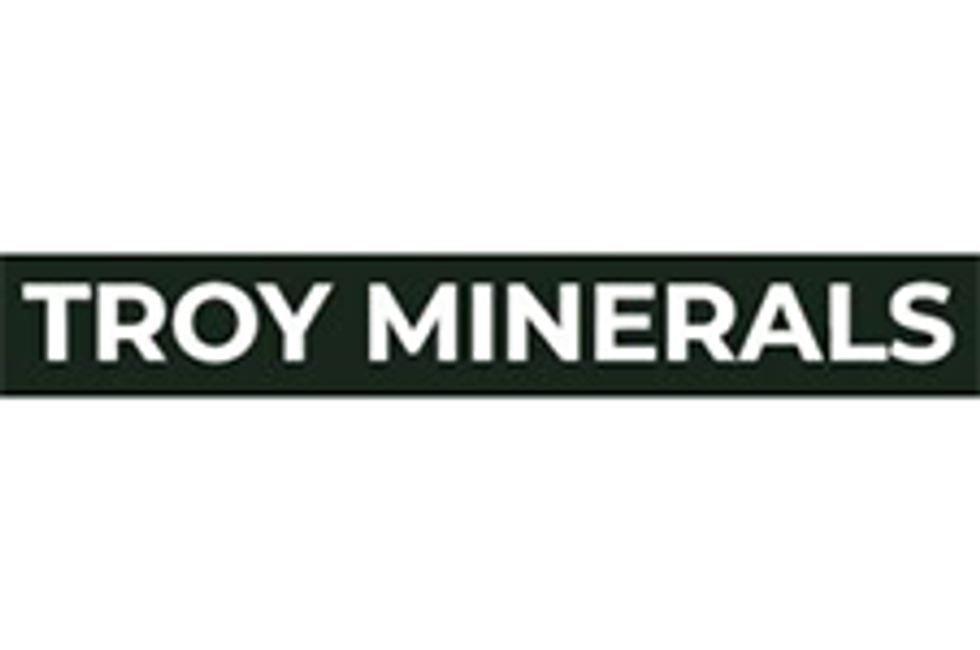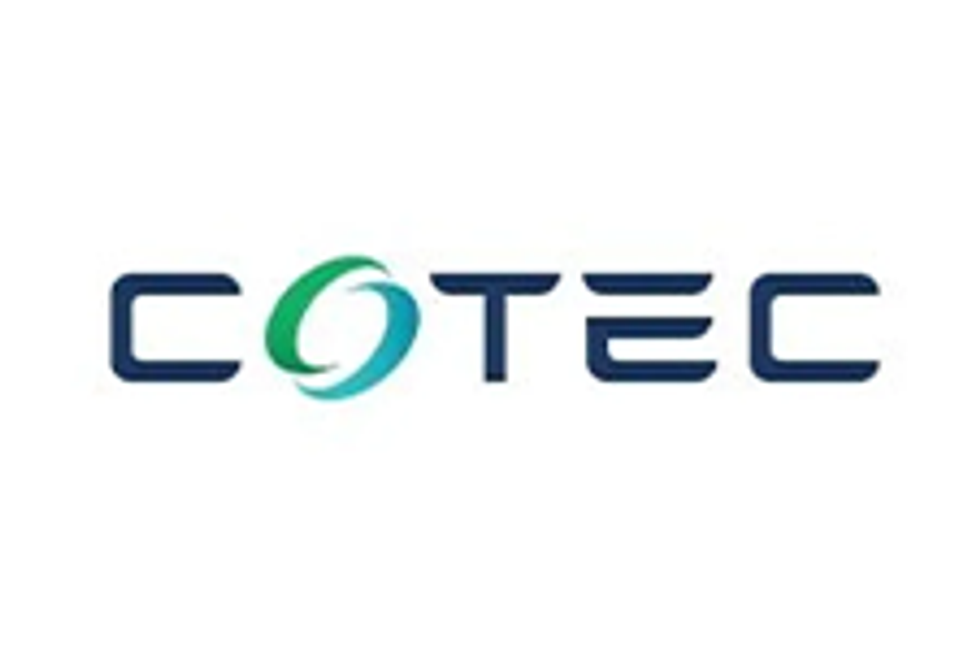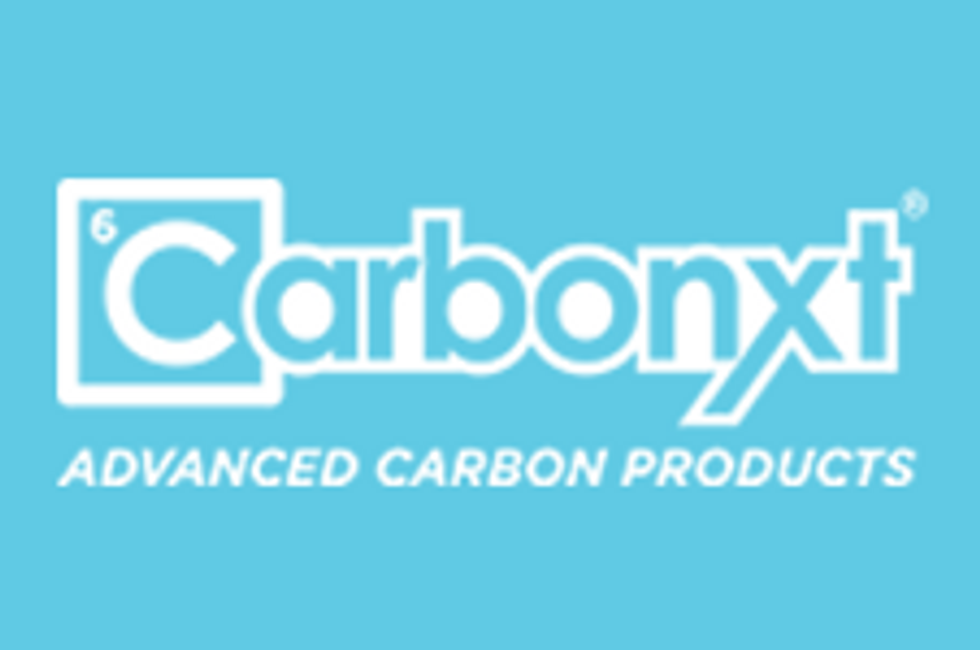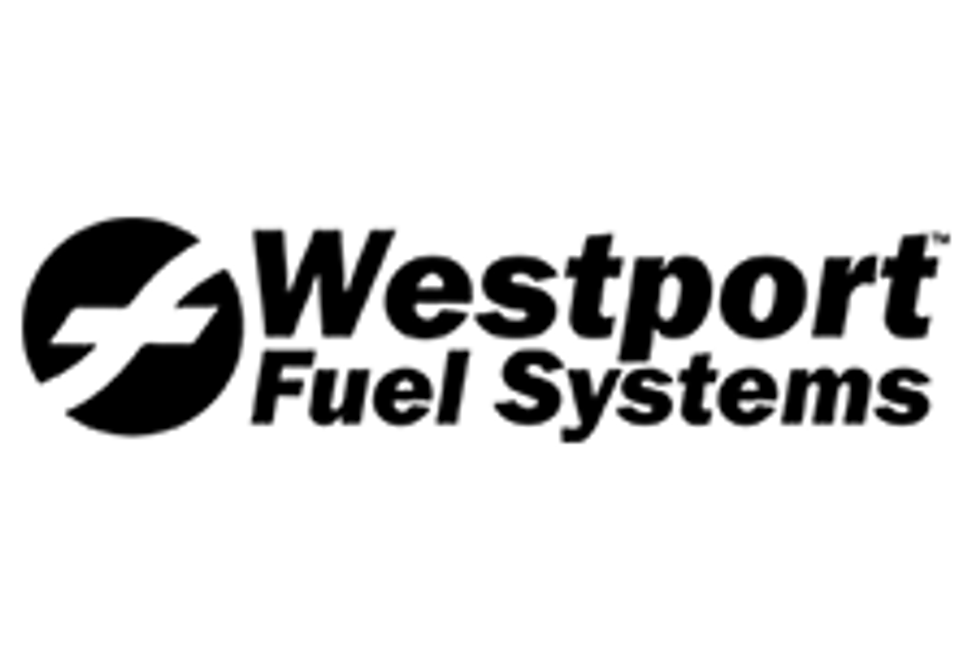Why Cleantech Investors Should Consider Solar Energy Investing

The solar energy market is growing, making it an intriguing option for cleantech investors. Here’s a breakdown of what solar energy is, and how investors can best enter the space.
At last year’s Solar Canada conference, keynote speaker Lisa Frantzis, senior vice president of strategy and corporate development at Advanced Energy Economy, told attendees that “business as usual is not sustainable for the 21st century.”
Put simply, that means solar energy is set to occupy a bigger and bigger role in the world’s largest energy markets, and that 2016 should be a year of big changes for cleantech investors. In this article, the Investing News Network gets into the nitty-gritty of what exactly solar energy is, also offering options for investors looking to get involved in the market.
What is solar energy?
In light of today’s concerns about climate change and carbon emissions, solar energy is generating both cultural and economic interest. The cleanest, most abundant source of renewable energy available, the sun offers new ways of thinking about energy and the environment. According to CanSIA, Canada’s industry trade association, the two most dominant types of solar energy technology on the market today are solar photovoltaics (PV), which involves converting light to electricity, and solar thermal, which is concerned with heating and cooling water and air.
Solar photovoltaics
Solar PV is primarily used for grid-connected electricity, meaning that it’s used to operate residential appliances, commercial equipment, lighting and air conditioning. The technology is particularly useful in remote areas with no regular electricity source — stand-alone systems and batteries can easily bring power to these regions.
Solar PV panels can be mounted on the ground, installed on building rooftops, or incorporated into building materials. SolarWindow Technologies (OTCMKTS:WNDW) is a prime example of how diverse such panels are. The company, which has seen a year-to-date share price increase of 19.75 percent, is engaged in the development of transparent electricity-generating coatings for commercial windows on skyscrapers and other large buildings. Click here to read an interview with CEO John Conklin.
Solar thermal
Solar thermal is used to convert the sun’s rays into heat for changing water and air temperatures. Solar energy’s ability to heat water has four key areas of application: potable and service use in homes, potable and service use in commercial and institutional settings, radiant floor heating and swimming pool heating. In the majority of these cases, the sun’s rays are gathered using collectors, which collect as much radiation heat as possible. These collectors should be south facing and receive unobstructed access to the sun’s path throughout the year.
Aside from water, solar thermal can be used to heat air in industrial, institutional, commercial and residential settings. Again, collector panels are attached to the south wall of a building. As air rises through the panels, it’s heated by solar rays. Once the air reaches the top of the collectors, it’s vented into the building for heating purposes. The technology for air heating is primarily designed as a pre-heat supplement.
From an investor standpoint, the solar thermal market isn’t quite as robust as the solar PV sector. In the majority of cases, looking to solar PV is probably the best bet.
Tips for cleantech investors
As stated, solar PV companies are the best bet for investing in the solar energy sector. There are a multitude of companies on the market right now with strong value propositions and innovative technologies.
Investors looking for a very small-cap company might look to Blue Earth (NASDAQ:BBLU), a provider of alternative and renewable energy solutions for small- and medium-sized businesses. The company develops, engineers, constructs, operates and maintains small- and medium-scale alternative energy power plants, including solar PV and combined heat and power. Though the company’s share price has largely trended downward in 2016, it saw a massive hike of 65.14 percent on Tuesday.
Ideal Power (NASDAQ:IPWR) is another small-cap option for investors. The company sells six power-conversion products that use its Power Packet Switching Architecture.
For investors looking to avoid the risks associated with small-cap companies, the solar energy industry is particularly strong in mid-sized and large companies. With a market cap of 2.65 billion, SolarCity (NASDAQ:SCTY) is undoubtedly the biggest name in the solar PV market. Like the other companies profiled here, SolarCity has had a difficult few months; however, over the past five days, its share price has gained 39.26 percent.
Overall, it’s clear that cleantech investors have a lot of options in the solar energy market, with solar PV companies offering the most variety in terms of small- to mid-cap comapnies. And despite a challenging period, the industry seems poised to return with greater strength than ever. Innovative technologies and a culture-wide push to embrace solar energy suggest that the solar energy market will occupy a very bright place in the future indeed.
Securities Disclosure: I, Morag McGreevey, hold no direct investment interest in any company mentioned in this article.





